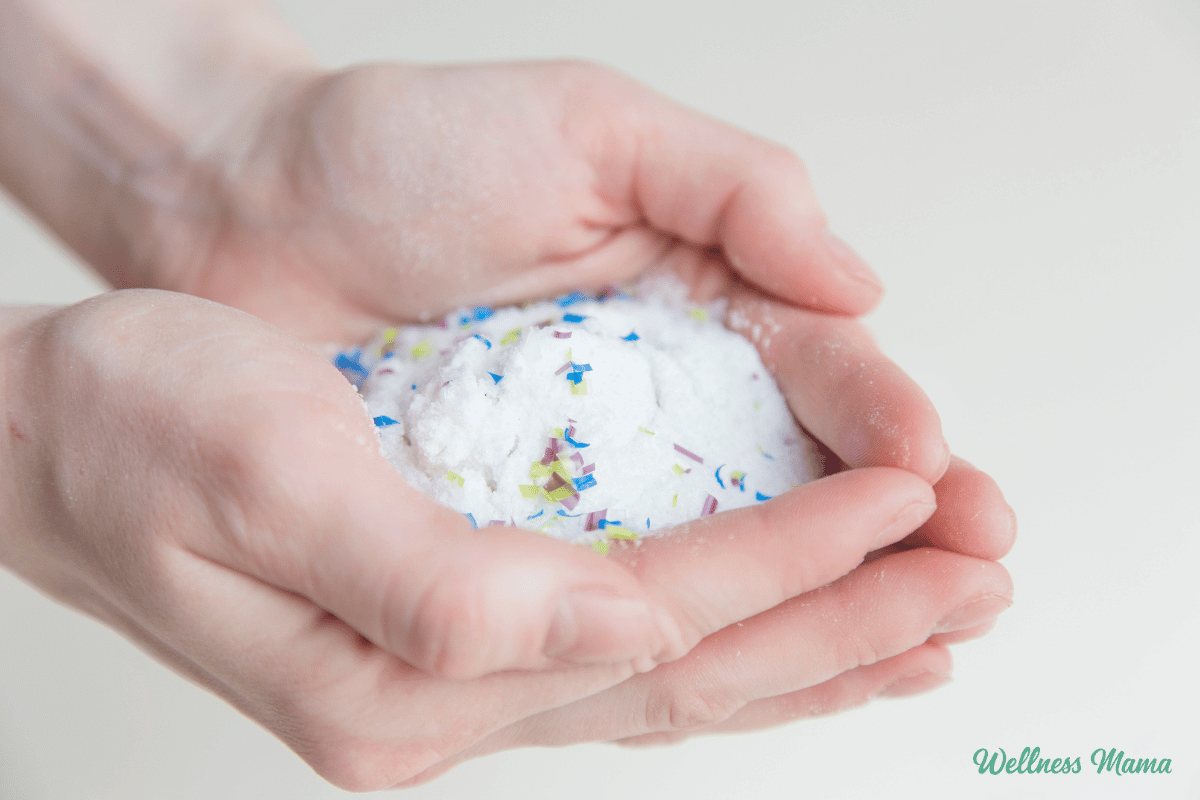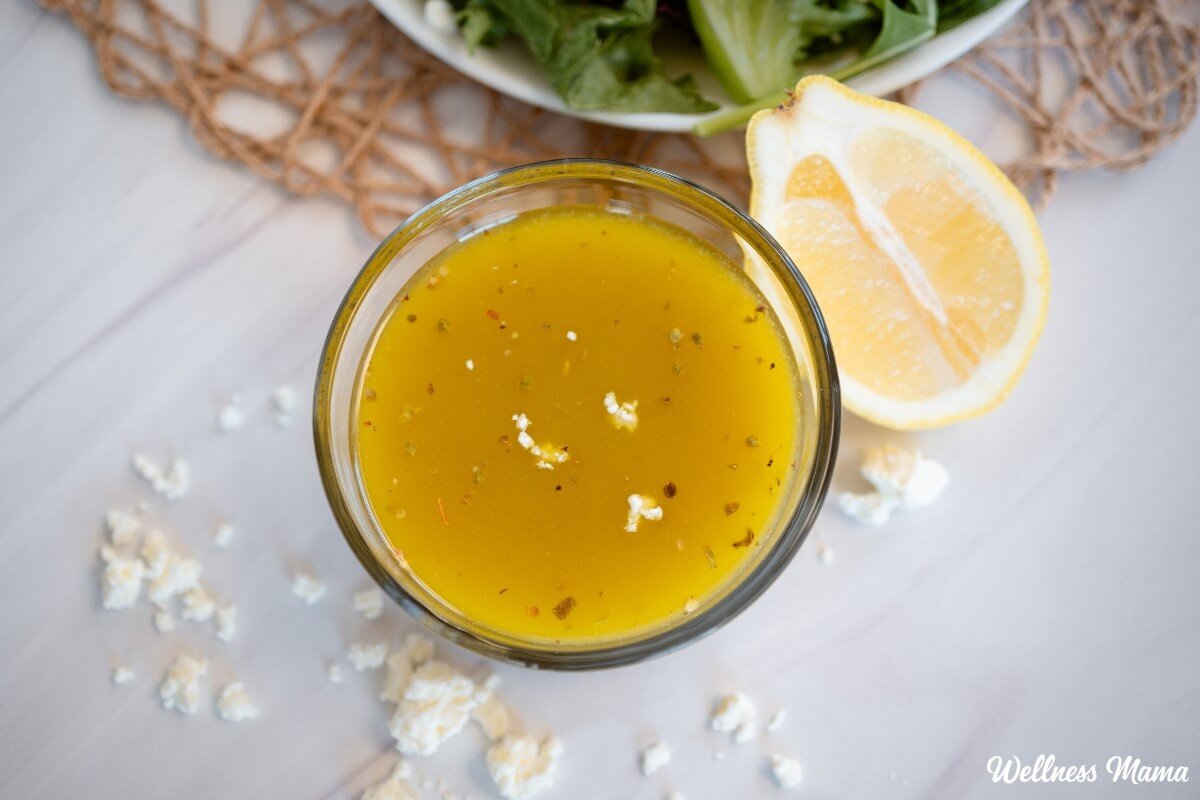I often talk about the importance of salt for our health, explaining how it helps maintain electrolyte balance and manage blood pressure. Adjusting my salt intake has significantly improved my sleep and energy levels. However, there’s a hidden issue with many salts: microplastic pollution!
Salt has been unfairly criticized, leaving many of us actually deficient and feeling "salty."
Widespread Microplastics
I often add salt to my water (this isn’t advice, just my personal practice), which made me take notice when reports surfaced about microplastics in salt. Being the curious person I am, I delved deep into the topic of salt and microplastics. I came out still adding salt to my water, but with some important reservations!
Recent reports reveal that microplastics—tiny plastic particles nearly invisible to the eye—are infiltrating our oceans and ending up in the foods we eat, including salt.
In this article, we’ll explore what microplastics are, the surprising study that found them in sea salt, why this matters, and how you can avoid microplastics in your salt. Spoiler: It’s not as hard as you think!
Understanding Microplastics
Before exploring how microplastics are contaminating your salt, let’s define them. Microplastics are minuscule plastic particles smaller than 5 millimeters, about the size of a sesame seed or even tinier. They originate from various sources, such as the degradation of larger plastic items like water bottles and plastic bags.
These particles are so tiny they’re nearly invisible. As plastics degrade over time, the resulting small pieces travel through water systems, often ending up in our oceans. It’s partly why I’ve stopped using synthetic microfiber cleaning cloths!
Unfortunately, microplastics don’t stay solely in the ocean. They’re now found in everything from fish to honey, and yes—even sea salt. Though invisible to the naked eye, they pose a significant threat to both the environment and human health.
The Research That Alarmed the Salt Industry
You might wonder: how did microplastics infiltrate the salt I season my food with? It turns out our oceans, where most sea salt is collected, are rife with microplastics. It’s not just a few stray particles. A 2017 study featured in the Environmental Science and Technology Journal discovered that more than 90% of sea salt samples worldwide contained microplastics.
The issue isn’t limited to salt gathering debris from the ocean. Marine organisms like fish absorb these plastic particles, and we consume these organisms. People often harvest salt by evaporation, which leaves behind concentrated plastic particles in the salt we use. It’s like seasoning your food with ocean pollution.
The study didn’t just examine sea salt; it also identified microplastics in table salt and other foods. Sea salt, however, had higher concentrations due to its direct link to ocean water.
This is part of a rapidly escalating microplastics issue, not limited solely to salt.
The Problem with Microplastics in Salt
You might think, “It’s just a tiny amount of plastic, right? What harm could it do?” This is precisely what scientists and health experts are trying to understand. While the full impact on human health is still being studied, evidence suggests ingesting microplastics could harm both our health and the environment.
Health Concerns:
-
Chemical Contamination: Microplastics can carry harmful chemicals such as pesticides, heavy metals, and flame retardants that can leach into our bodies if ingested. These toxic substances might cause long-term health issues, including hormone disruption, inflammation, and possibly cancer.
-
Accumulation in the Body: Because microplastics are so tiny, cells can absorb them easily. While our bodies might expel some particles, others may build up over time. The long-term effects of microplastic accumulation are still under investigation, but it’s clear we don’t need plastic particles building up in our tissues.
- Impact on Marine Life: Microplastics don’t only affect humans. Marine animals often mistake these tiny plastic pieces for food, which can cause physical harm, digestive issues, or even death. If microplastics are in the fish and shellfish we eat, it’s a clear sign the oceans—and their inhabitants—are suffering from the pollution we’ve created.
While using a small amount of salt regularly might not pose an immediate health threat, it’s the cumulative exposure to microplastics in all our food, water, and air that should concern us. After all, no one wants a plastic-flavored salad or steak.
Since I consume teaspoons of salt daily, I’ve sought out microplastic-free options!
How to Avoid Microplastics in Your Salt
For those who find the idea of consuming plastic off-putting, here’s how to avoid microplastics in your salt while still enjoying this essential mineral’s health benefits. The good news: you have options!
Select High-Quality, Unrefined Salt
Not all salt is the same. To avoid microplastics, opt for unrefined salt like Himalayan pink salt, Celtic sea salt, or Redmond Real Salt. These are sourced from ancient deposits or clean waters, making them less likely to contain plastic compared to commercially processed table salt.
Unrefined salts also retain beneficial trace minerals, such as magnesium, calcium, and potassium, which are removed from processed salt. So, you’re not just avoiding plastic—you’re also choosing a healthier, more nutrient-rich option.
Seek Out Sea Salt from Clean Waters
Not every sea salt is tainted with microplastics; it depends on where and how it’s sourced. Look for brands that gather their sea salt from clean, unpolluted waters. Some brands harvest salt from remote, uncontaminated areas far from industry, providing a much safer product for cooking.
Choose Salt Brands that Test for Microplastics
Some reputable salt brands now go the extra mile to test for microplastic contamination. These brands understand consumer concerns and strive to provide a clean product. If you’re unsure, look for certifications or test results confirming a brand’s products are microplastic-free.
Avoid Processed Salt
Processed salts, such as table salt, are more likely to contain microplastics and lack beneficial minerals. Table salt is usually treated with anti-caking agents and other chemicals, offering fewer health benefits than unrefined salts. While cheaper and more convenient, it’s best to choose higher-quality, mineral-rich options.
Remark on Salt from Ancient Sources
Pink Himalayan salt or salt from other ancient sources, like Redmond, are natural and popular choices. Many favor these salts from ancient sea beds deep within the Himalayas, far removed from the pollution of today’s oceans, and usually minimally processed. They’re rumored to contain up to 80 beneficial trace minerals.
Based on my research, Himalayan and Redmond Real Salt are likely free of microplastics, though some worry about minute heavy metal traces they might carry. Nonetheless, I’m comfortable consuming them and use different salts in my salty water intake.
The Salts I’ve Recently Used and Consumed
I’ve tried various salts and recently rotated between three types for my cooking and water:
Ultimately, fear around what we consume can be as damaging as consuming "bad" substances. I aim to provide reassurance and microplastic-free options, not fear.
Conclusion: Sidestepping Microplastics in Salt is Easy and Crucial
While discovering microplastics in sea salt is unsettling, there are many ways to avoid them while still benefiting from salt. By selecting high-quality, unrefined salts, sourcing from clean waters, and making informed purchasing decisions, you can reduce your microplastics exposure and promote better health.
Salt is an essential dietary element, but without the side of plastic. The next time you reach for salt, carefully choose. Your body—and our planet—will be grateful!
Last Words
Microplastics in sea salt are a reminder of how widespread plastic pollution has become and a call to action. For those with a strong affinity for salt, like me, we can make smarter, healthier choices without compromising flavor or quality. Choose unrefined, high-quality salts from clean sources, and enjoy your meals knowing you’re nourishing your body—sans plastic.
What type of salt do you use? Are you considering switching brands? Share your thoughts with us!

















Leave a Reply